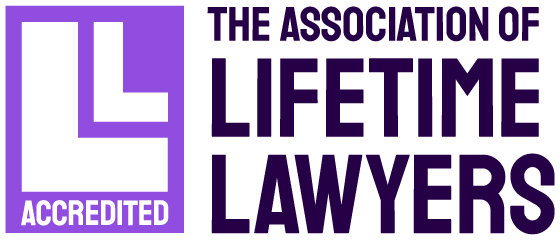The Equality and Human Rights Commission (EHRC) released guidance on February 22, 2024, addressing the often-overlooked topic of menopause in the workplace. The resource aims to equip employers with the knowledge and tools necessary to support workers experiencing menopausal symptoms and to understand their legal obligations whilst doing so.
- Understanding the Impact
The guidance sets out what the menopause and perimenopause entail and how the associated symptoms can detrimentally affect an employee’s well-being and productivity. Symptoms such as decreased concentration, increased stress, reduced patience, and feeling physically less able can contribute to absenteeism and even prompt employees to leave their jobs altogether.
- Legal Obligations Under the Equality Act 2010
EHRC’s guidance emphasizes an employer’s legal obligations, particularly under the Equality Act 2010 (EqA 2010), concerning protected characteristics such as disability, age and sex. It highlights the potential risks of claims for failure to make reasonable adjustments, direct and indirect discrimination, harassment and victimization. Additionally, it emphasizes the imperative for employers to conduct workplace risk assessments in accordance with health and safety legislation.
Accompanying the guidance are three videos. The first video elucidates how workers experiencing menopausal symptoms may be protected under the EqA 2010. The second video offers practical examples of adjustments employers can implement to support their workers effectively. These adjustments may range from changes in the physical work environment to promoting flexibility in work arrangements. Notably, the guidance advocates for recording menopause-related absences separately to mitigate discrimination risks.
The third video highlights the importance of fostering open conversations about menopause in the workplace. EHRC encourages inclusive dialogue involving all employees, not just management. Establishing an environment where workers feel comfortable discussing their symptoms and requesting adjustments is crucial. Suggestions include training sessions, lunch and learn opportunities, and the establishment of staff networks to provide support and encouragement.
EHRC’s guidance advocates for the introduction of a menopause policy outlining available support and guidance, which should be regularly communicated to all employees.
The guidance and videos can be located here: Menopause in the workplace: Guidance for employers | EHRC (equalityhumanrights.com)








